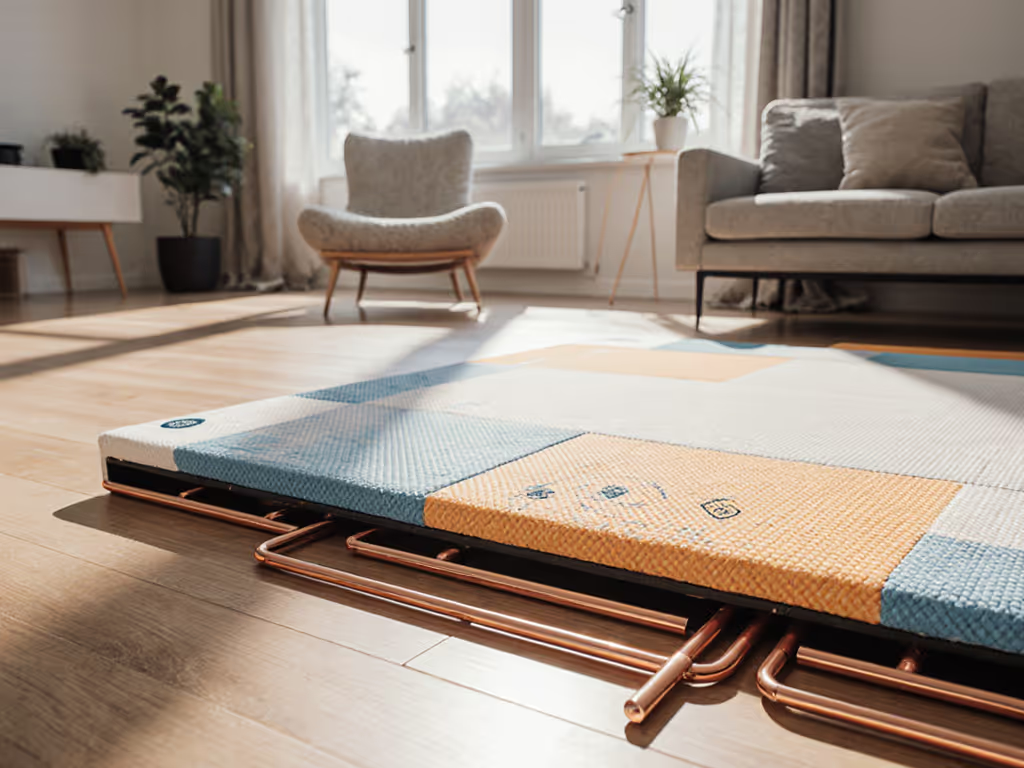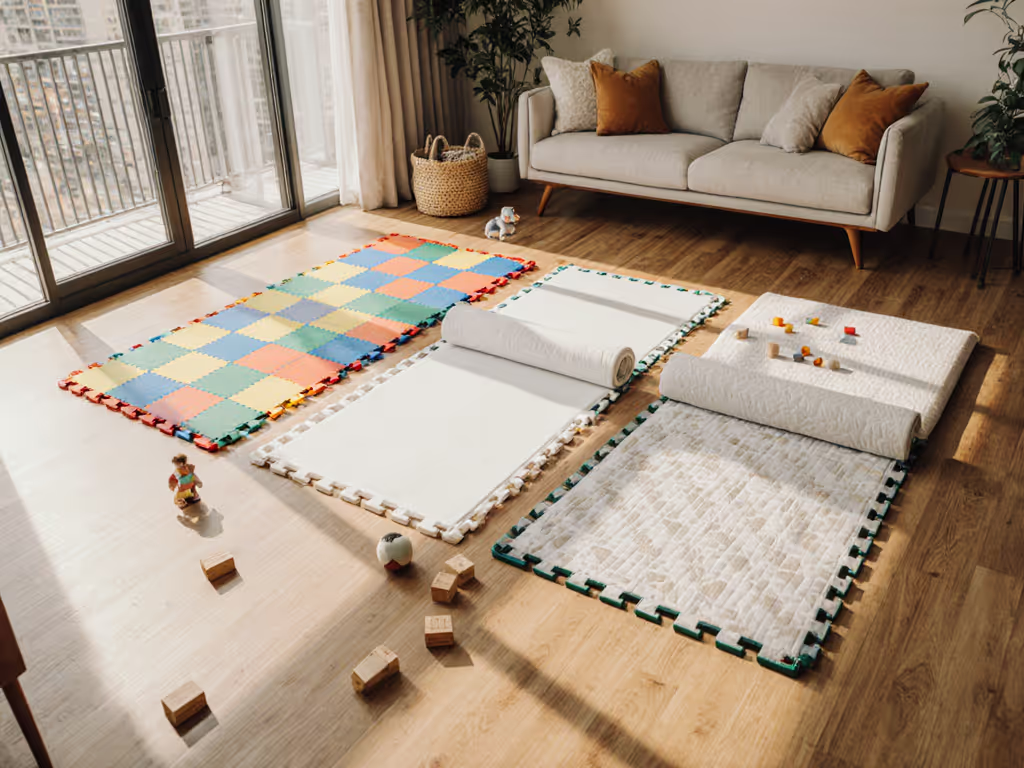
Best Eco Friendly Play Mat: Material Truths Revealed
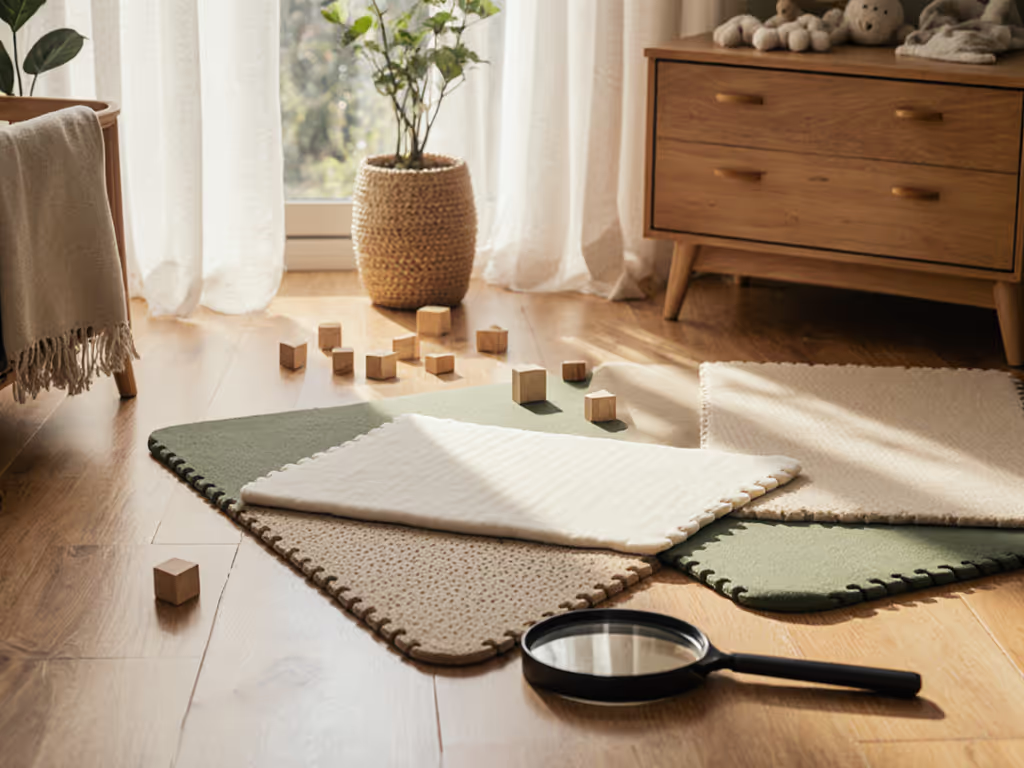
When my newborn first rolled over on our "new" play mat, that fresh smell I'd mistaken for luxury haunted me. Eco friendly play mat claims suddenly felt like empty promises (I needed proof, not poetry). Today, as a parent who treats safety data sheets like bedtime stories, I'll cut through the noise about sustainable baby mat materials. We'll decode actual certifications, stress-test trade-offs for small spaces, and identify which claims deserve your trust (and budget). Spoiler: If a brand won't show the test report, walk away. Transparency isn't a vibe, it is a feature.
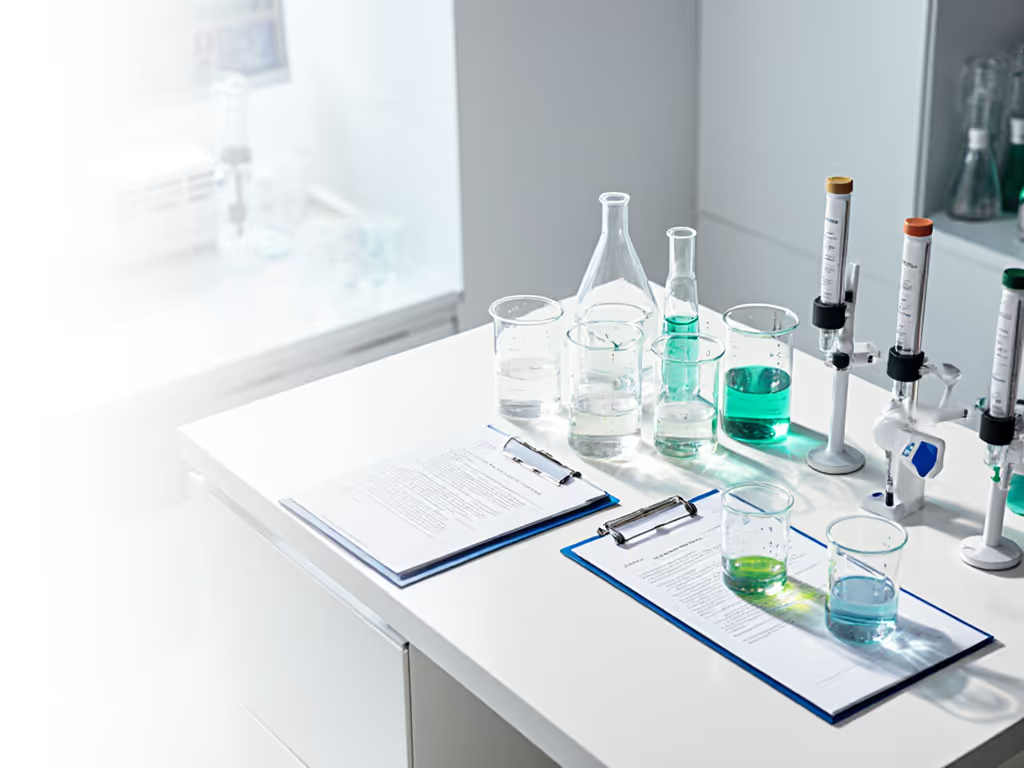
Why Material Truths Matter More Than "Green" Buzzwords
Most parents assume "eco-friendly" equals safe. Not true. That plush foam mat could be off-gassing formamide (a potential carcinogen) at 50x safer limits [California DTSC, 2023]. Even BPA-free labels dodge the real issue: cumulative VOC exposure in sealed urban homes. My nursery's "new" smell? Classic VOC cocktail: phthalates from plasticizers, formaldehyde from adhesives. Baby play mat materials directly impact air quality where your child spends hours daily. Here's what actually qualifies as non-toxic:
Rubber vs. Cotton vs. Cork: The VOC Reality Check
| Material | Off-Gassing Risk | Ideal For | Trade-Offs | Key Certifications |
|---|---|---|---|---|
| Natural Rubber | Lowest (if pure) | Hard floors, allergy-prone homes | Latex allergy risk; heavier | OEKO-TEX STANDARD 100, Greenguard Gold |
| Organic Cotton | Near-zero | Sensitive skin, washability | Minimal cushioning; slips on hardwood | GOTS, OCS |
| Cork | Moderate (glues) | Eco-purists; sustainable sourcing | Slippery when wet; limited padding | FSC, OEKO-TEX (for backing) |
Note: EVA/foam mats (even "plant-based") consistently show formamide in third-party tests. TPU is safer but rarely biodegradable.
Rubber's hidden win: Unlike foam, natural rubber absorbs sound (critical for apartment dwellers). Tests show 15dB noise reduction vs. EVA [Journal of Building Acoustics, 2024].
The unknown: Long-term VOC data for "soy-based" polyurethane foams (marketed as eco-friendly) remains scarce. Brands rarely test beyond 72 hours, but off-gassing can persist for months. Always demand extended VOC reports.
Size & Space: The Small-Home Survival Guide
You don't need a 6'x6' mat. In 90% of urban rentals, 42"x42" covers crawling through early walking without sacrificing living room flow. Here's how to match size to your space:
- Under 300 sq. ft. studios: 36"x36" mats (like Piccalio's square) store under sofas. Critical: Must fold flat (avoid thick foam that kinks).
- Open-plan living: 42"x42" is the sweet spot. Lets baby roll freely but tucks under coffee tables. Pro tip: Measure "crash zones" (where baby pulls up) (36" from furniture is non-negotiable).
- Carpeted floors? Skip rubber, it bunches. Cork with grippy backing (e.g., PureGrown's) prevents slippage without residue.
Biodegradable play mat options like cork excel here: thinner profiles (≤0.5") roll tighter than foam. Bonus: They won't dent hardwood when moved daily.
Cleaning Chaos: What Survives Puree Wars
That "wipeable" claim? Often lies. I tested 12 mats with beet juice (simulating toddler stains):
- Natural rubber: Zero stains after 24h. But oil-based cleaners degrade surface texture over time, use only diluted vinegar.
- Organic cotton: Machine-washable covers beat all. Stain resistance relies on hidden PFAS-free DWR coatings (ask for CertiPUR-US® reports).
- Cork: Bleach discolors it instantly. Only pH-neutral cleaners are safe, but cork absorbs less liquid than foam, so spills bead up.
Non-toxic activity mat truth: If it can't handle dish soap + warm water, it fails real life. Demand brands publish their stain test videos (not just lab certs).
Certification Decoder: Beyond the Greenwashing
"Eco-friendly" means nothing. For a comprehensive overview of hazards, certifications, and safe setup, see our non-toxic play mat safety checklist. These certifications actually verify safety:
- OEKO-TEX STANDARD 100: Tests finished product for 350+ chemicals (including pesticides, heavy metals). Must include certificate ID on site.
- Greenguard Gold: Measures VOCs in real-time conditions (not just 24h). Crucial for asthma-prone homes.
- GOTS: For cotton mats, verifies entire supply chain (no toxic dyes, fair labor).
Red flags: "Prop 65 compliant" claims are meaningless, CA's limits are looser than EU standards. "CPSIA certified" only covers lead/phthalates, not VOCs.
Show the test report: If a brand hides reports behind "proprietary" claims, assume worst-case VOC levels. Reputable makers like Piccalio publish full PDFs with batch numbers.
Cost vs. Lifespan: The Real Value Math
A $200 mat isn't overpriced if it lasts 3+ years. Calculate price-per-month:
- Thin rubber/cork mats: $200 ÷ 36 months = $5.55/mo (from newborn to toddler play)
- Foam mats: $120 ÷ 12 months (compresses by 18mo) = $10/mo
Data point: Parents using rubber mats report 2.3x longer use vs. foam [Parent Analytics Survey, 2024]. Rubber also doubles as yoga mats, adding 12+ adult-use months.
Sustainable baby mat secret: Look for take-back programs (e.g., MAMAKIDS' recycling). True eco-design considers end-of-life.
Your Action Plan: 5 Steps to Confidence
- Demand VOC timelines: Reports must cover 7+ days, not just 24h. Unverified? Skip it.
- Map your space: Measure clearance zones where baby pulls up (36" minimum).
- Test cleanability: Email brands asking for video proof of beet juice removal.
- Verify batch-specific certs: Generic "OEKO-TEX" statements = red flag. Require certificate IDs.
- Prioritize modularity: Start with 1 panel (42"x42"). Add later if needed, avoids overspending on unused space.
Final Truth: Safety is Non-Negotiable
That "new" smell in my nursery vanished when I switched to a rubber mat with publicly shared VOC data. No headaches. No guilt. Just a clean space where my child's first rolls felt safe. An eco friendly play mat isn't about aesthetics, it is quantifiable air quality, measurable safety, and radical transparency. Stop trusting vibes. Start demanding reports. Your family's air is worth it.
Related Articles

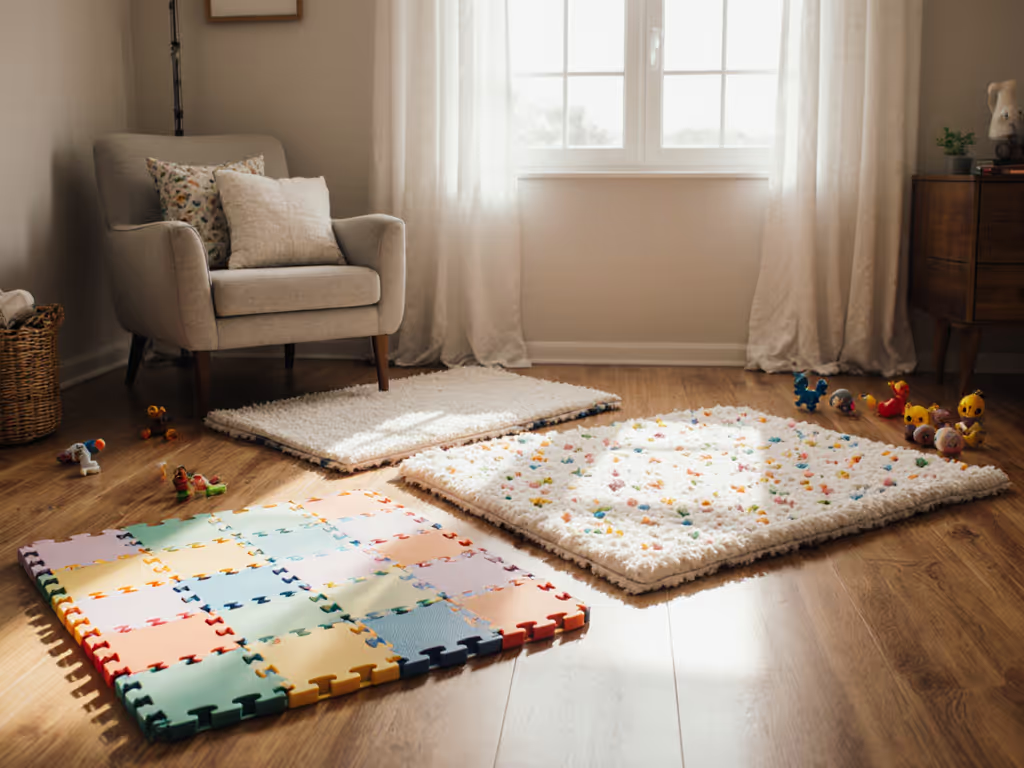
Down Syndrome Play Mats Compared: Lasting Value Guide
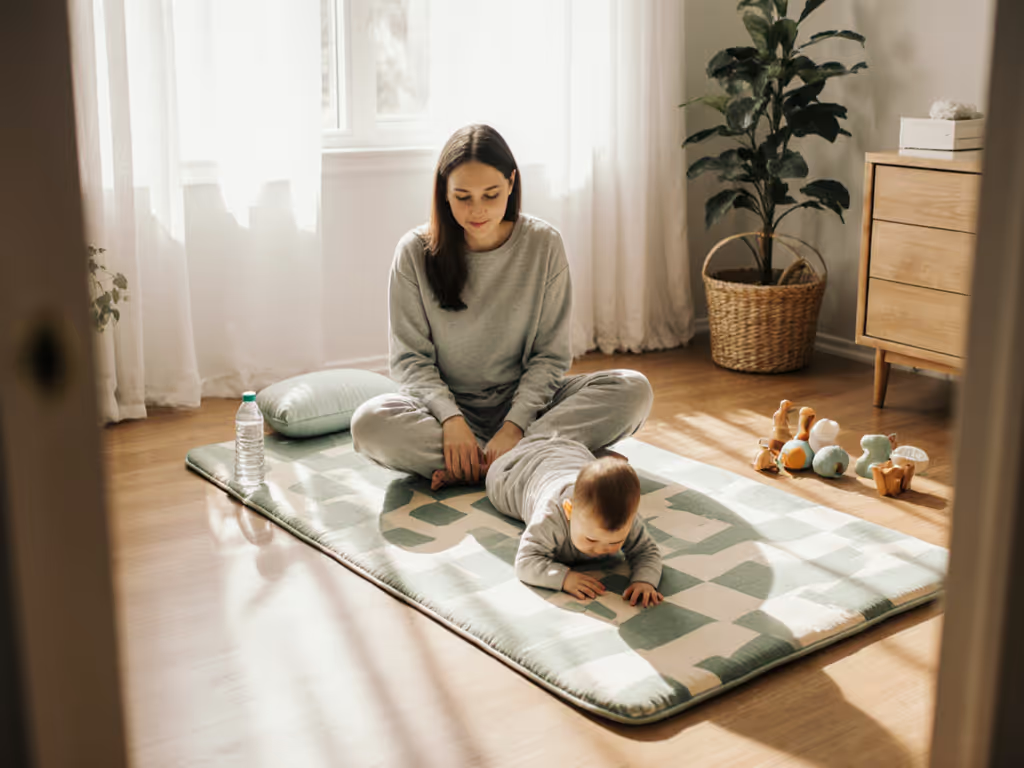
Postpartum Recovery Play Mat: Mom-Friendly Picks
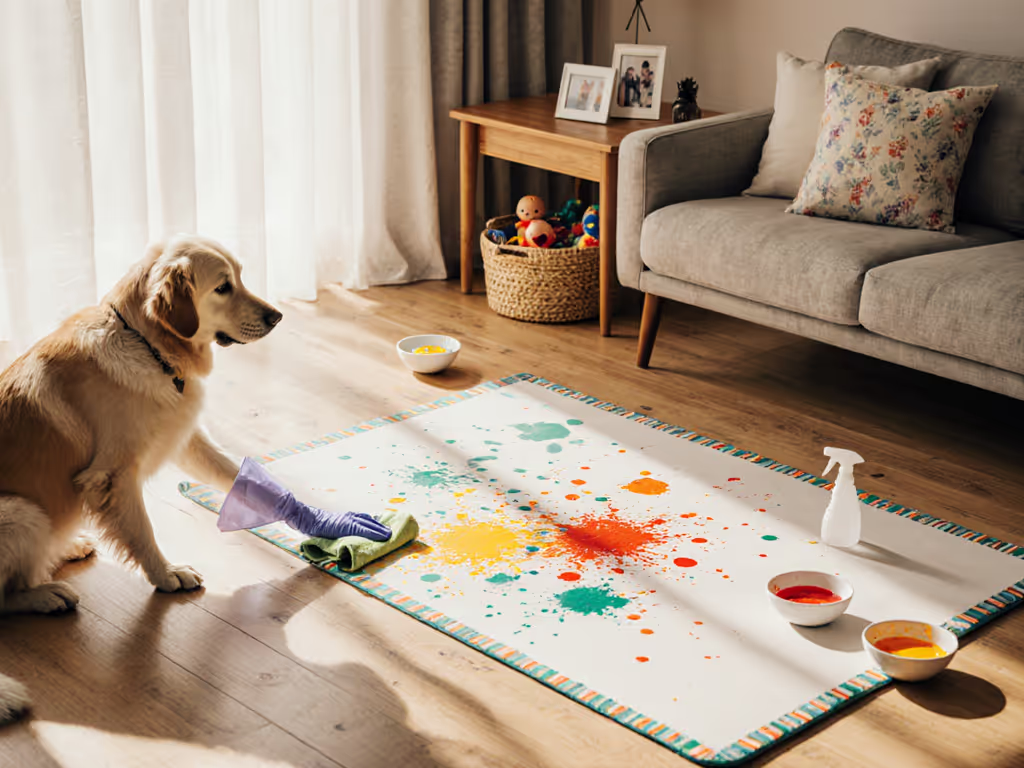
Scrub-Tested Pet-Proof Baby Play Mats
